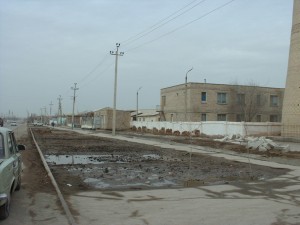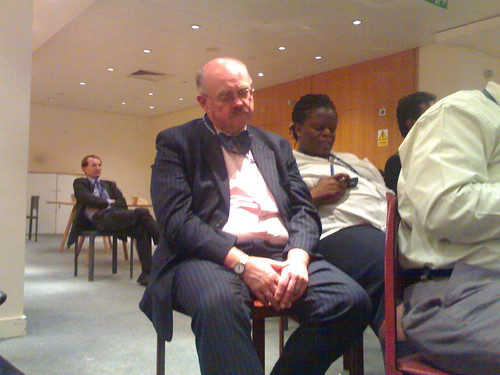Th ere have been an awful lot of people I haven’t been able to help. My career feels, sometimes, like a long list of things I haven’t been able to do, punctuated by the occasional success.
ere have been an awful lot of people I haven’t been able to help. My career feels, sometimes, like a long list of things I haven’t been able to do, punctuated by the occasional success.
I know that isn’t unusual. When you live in a poor country, you are constantly assaulted by the terrible need of the people around you. Our ability to respond is limited by so many things – program scope, funding, human capacity and host country conditions – just to start. There is never enough money to do everything, or you need to branch out into some new area you know nothing about. Sometimes the problem is caused by destructive traditional practices or bad government regulations.
At times, you can’t help people because you failed. Your program just got it wrong. You trained doctors but they didn’t change their behavior afterwards. You wasted your money and their time and no patients benefited. Or the broiler chickens turned out to cost more to raise than they earned when you sold them. Or your families sold the vegetables from their kitchen gardens and used the money to buy sugar and children’s nutrition actually got worse.
You can make bad choices with the best of intentions, you can discover your every choice has unintended consequences, and you can just be flat out stupid. Luckily, we’re not houseflies. We have the capacity for learning. And if we’re willing to genuinely examine our failures, we can avoid making the same mistake twice. It’s hard, but it’s possible.
I’m not saying that failure is a good thing. No one wants to waste their limited resources – time, money, and community commitment. And most of the time failure isn’t failing well – it’s just an ugly mess. But you can learn to fail well, and over time most of us learn how to.
For me, at least, it’s not failure that devastates. It’s the sheer scope of the problems we face and the tininess of our ability to help. Even the most holistic project has its limits. You simply can’t tackle everything all at once. But as you live your life, everything all at once is what you see.
When I was living in Uzbekistan in 2005, there was an incident in a conservative city, Andijon, in the Ferghana valley. A protest got out of hand, leading to a break-in at the city jail and a massive demonstration in the main square. When the police got involved, it ended in violence. Somewhere between 169 and 700 people were killed. The Uzbek government holds that those who died were terrorists; NGOs in the country report deaths among innocent civilians, including women and children. It’s been a source of a lot of controversy.
Nobody, however, denies that it was bloody, terrible, and heartbreaking. The deaths in Andijon left the whole country stunned. My office manager came to me in tears; he was thinking of quitting his job. What is the point, he wanted to know, of running a health project when there were so many other things going wrong in his country? Training pediatricians struck him tiny and useless.
He had a point. Most of what we do is tiny and pointless in the grand scheme of things. One average-size project isn’t going to have much impact on an entire country. That is brought home to us every day, all the time, as we live and work in the developing world.
If you’re working for an HIV project, helping people access anti-retrovirals, you know you’re saving lives. If you visit a clinic that is giving out the drugs, you can actually watch people get healthier over time. But what about all the people who don’t have AIDS? What about your neighbor, whose mother has cancer and there is no treatment available in the country for it? What about your friend’s son, who has no way to pay for university? What about the woman down the street, who always has bruises and you can hear the shouting in her house? And the children begging in the street, or the local school which has no windows or books?
(photo credit: me)





